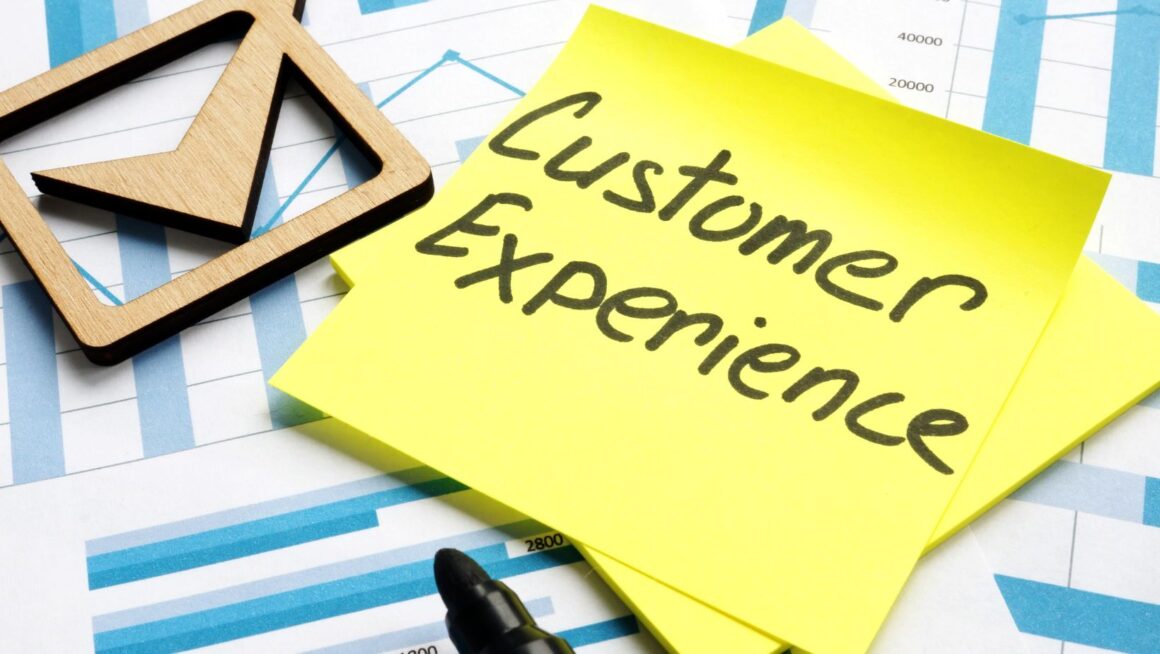Customer experience (CX) is basically the overall relationship and all the little (and big) interactions that happen between a company and its customers. It’s not just about buying something—it’s about everything from the very first time a person sees your ad to the support they get after a purchase, whether that’s online or offline.
And honestly, a customer’s view of your business isn’t shaped only by the product or service you sell. It’s shaped by how simple, enjoyable, and trustworthy you make the whole experience. That’s why CX is such a huge deal now—it’s what really separates brands in crowded markets. Today, this includes both in-person interactions and the digital customer experience, which has become just as important in shaping overall perceptions.
Moving beyond just “specs”
A lot of companies get stuck on the basics: deliver the product, meet the standards, stick to the technical specs. Sure, that matters, but it’s not enough anymore. Success happens when businesses step back and say, “How can we actually make this experience better for the customer?”
That means focusing on things like:
- Giving people the right product or service they truly need
- Being upfront and honest when selling
- Making sure stuff works without problems and is easy to use
- Keeping the process simple at every stage
- Creating emotional connections and adding extra value
When you take this bigger-picture approach, you don’t just make a sale—you build long-term loyalty. Customers become advocates.
Main parts of the customer experience
CX is made up of different pieces of how people interact with your brand. To really create a positive experience, you need to meet customers where they are in their journey and give them what they need at that exact moment.
1. Customer touchpoints
This includes websites, apps, social media, stores, emails, and customer service calls. Every single one is a “moment of truth”—either you make the customer happy or you frustrate them.
2. The customer journey
It starts when someone realizes they have a need, goes through research and buying, and continues into post-purchase support.

Every single stage adds up to how they feel about your brand.
3. Personalization
People expect brands to “get them.” Whether that’s with recommendations, tailored content, or personalized offers—this stuff increases engagement a lot.
4. Customer expectations
Not everyone cares about the same things. Some want low prices, others want speed, convenience, or even ethical business practices. Knowing what your customers value means you can deliver on it.
5. Emotional connection
Being reliable is basic. But the real magic happens when you create emotional moments—surprise, delight, empathy. That’s what makes customers feel truly valued.
6. Employee engagement
Happy employees = happy customers. If your staff is motivated, trained, and empowered, they’ll naturally deliver better service and create great experiences.
When to step up your CX game
Every business can improve CX, but there are definite red flags that scream it’s time to invest more.
1. Customer churn is rising
If people keep leaving for competitors, it’s not always about price. Many customers will pay more for a better experience. Lower churn directly boosts customer experience ROI because retaining a customer is cheaper than acquiring a new one.
Churn rate formula:
ChurnRate=Customers Lost During PeriodCustomers at Start of Period×100Churn Rate = \frac{\text{Customers Lost During Period}}{\text{Customers at Start of Period}} \times 100ChurnRate=Customers at Start of PeriodCustomers Lost During Period×100
2. Falling satisfaction scores
If CSAT, NPS, or CES scores are dropping, it means people aren’t as happy or trusting your brand anymore.
3. Bad online reviews
A spike in negative reviews on Google, Yelp, G2, or forums can damage your reputation fast. Keeping an eye on reviews and social media helps catch problems early.
4. High customer service costs
If support costs are going up but customers still aren’t happier, something’s broken. Streamlining processes usually lowers costs while improving CX.
5. Trouble attracting new customers
Slow websites, clunky checkouts, or unhelpful sales reps can scare away new buyers. People won’t waste time if the experience feels hard.
Easy CX frameworks to use
Improving CX works best with a structure, and that’s where frameworks come in handy.
1. Customer journey mapping
Visualize the entire journey—see where customers get stuck, how they feel at each stage, and where you can wow them.
2. Voice of the Customer (VoC)
Collect feedback through surveys, interviews, reviews, and social media. Then use it to make targeted improvements.
3. Service blueprinting
This looks behind the scenes—mapping out the processes, teams, and systems that support CX. It helps fix the hidden issues that frustrate customers.
Wrapping it up
Customer experience is super important now. It’s not just a small thing; it really helps keep customers loyal, gets them recommending you, and makes your business grow. If businesses really concentrate on each interaction, try to make things personal, and connect with people, then customers will trust them a lot more.
Using things to map out the customer experience and gather customer feedback helps make sure things get better in a real way, instead of changes just being all over the place. By checking things like why customers leave, how happy they are, what they say in reviews, and how you are gaining customers, teams know when to really put in the work.
Businesses that care about customer experience do really well.


